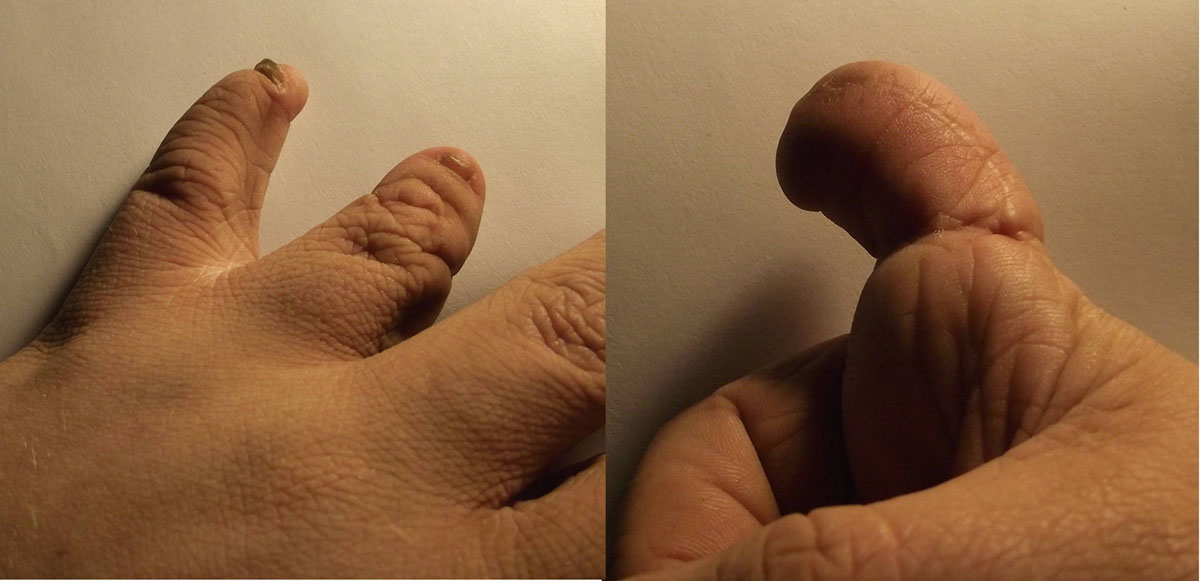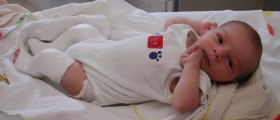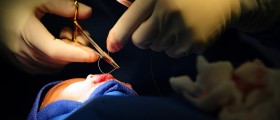
Amniotic band syndrome is a congenital disorder in which certain fetal parts, most commonly limbs or digits, are trapped in fibrous amniotic bands. This entrapment occurs in utero and leads to wide range of deformities.
This congenital disorder affects around 1 in 1,200 to1 in 15,000 babies. In approximately 50 % of all infants with this syndrome there are additional congenital abnormalities such as cleft lip, cleft palate and clubfoot deformity.
Presentations of Amniotic Band Syndrome
The very disorder usually features with constriction rings around the digits, arms or legs and swelling of the extremities distal to the site of constriction. This swelling is also known as congenital lymhedema. Furthermore, in some children digits are practically amputated and there is even a chance of arm and leg amputation.
There is a strong connection between amniotic band syndrome and clubfoot. And finally, the children suffering from amniotic band syndrome may also suffer from clubhands, cleft lip and/ or cleft palate and hemangioma.
Causes of Amniotic Band Syndrome
There are two theories when it comes to amniotic band syndrome. The first one, amniotic band theory, says that amniotic band syndrome develops as a consequence of partial rupture of the amniotic sac. The rupture predominantly affects the amnion while the chorion remains intact. Fibrous bands which form as a consequence of the rupture float in the amniotic tissue and they may eventually surround and trap certain parts of the fetus. Once the fetus starts growing the bands cause constriction and subsequent deformities. The second theory tries to give an explanation for amniotic band syndrome and additional congenital deformities such as cleft palate. The mutual occurrence of these deformities is explained by 'intrinsic' defect of circulation.
Diagnosing Amniotic Band Syndrome
This congenital disorder may be difficult to diagnose prior birth. The ultrasound simply cannot visualize individual strands. There is only a chance of indirect detection of the bands once the doctor discovers swelling of the limbs or digits. If there is even the slightest suspicion that a fetus is suffering from amniotic band syndrome this requires further examination such as 3D ultrasound and MRI scan. They visualize fetus and give perfect insight in the presence of the bands and associated damage to the affected fetal body parts.
Treatment for Amniotic Band Syndrome
Treatment for amniotic band syndrome includes plastic and reconstructive surgery of the deformities. The extent of the surgery basically depends on the severity of the deformity.
If the disorder is diagnosed in utero there is a possibility of fetal surgery. This procedure may save fetal limbs from amputation. Still, the procedure is not performed if there is no treat to vital organs or umbilical cord.
















Your thoughts on this
Loading...